Working in the kitchen is a holistic experience where every tool and utensil is important and contributes to the cooking process. Like a tableau, every utensil plays its role. It also goes out of the way to perform another function in case the designated tool is not available.
One such multi-purpose tool in the kitchen is the rolling pin or the belan, which we primarily use to roll chapatis and pooris. Belans are made of different materials – steel, wood, glass, ceramic and marble, and come in different shapes depending on the purpose. You can use thicker and bigger rolling pins to roll big amounts of dough thickly, and the slenderer ones to roll the dough into thin rotis. Each material has its own properties suitable for a particular purpose. That is why it is important to choose the right belan for your cooking needs.
Types of Belan
To understand the right use of a belan, it is important to know that there are different types of belans depending on the purpose:
- American rolling pin: Designed ergonomically to comfortably roll any amount of dough of any consistency, the American rolling pin is perfect for all baking needs. It is used all over the world to roll the dough to the desired thickness. However, experts say that the handles of the rolling pin restrict the control over the dough. The user has to move the rolling pin in bigger circles to cover more areas in case of bigger doughs.
- French rolling pin: With a smoother and tapered form, this rolling pin is more convenient and less restrictive in terms of control over the dough. The Gujarati belan is also shaped similarly, and perfect when the dough has to be rolled thinly. That’s why this tapered belan is perfect for rolling pasta dough or phulkas.
- Straight rolling pins: Allowing more space, this rolling pin is the best when you need a uniform thickness without having to move it much. It works best for sticky dough and is also good for rolling fondant, which is delicate in nature.
- Texture rolling pins: A boon for the people who love baking pies and cookies, these rolling pins come with various designs etched into them for decorative or cutting purposes. In a way, they roll and cut at the same time, eliminating the need for separate cooking cutters. In case of a pie, you can either use the dough containing the cookie shapes (after the cookies are separated) or you can use the textured rolling pin lightly over the dough to merely etch a pattern in it.
Maintaining Your Rolling Pin
When you take care of your utensils properly, they help you prepare the most delicious food ever. And this reflects in the food you prepare.
The most important point to remember about maintaining your belan is keeping it away from moisture, especially when it is made of wood.
- Wipe the rolling pin with a damp cloth and then wipe it off with a dry cloth to keep the rolling pin dry. This helps prevent any mold formation on the rolling pin, which may affect the quality of food.
- Remove any bits of dough stuck to the rolling pin with a scraper.
- Avoid using sharp objects to scrape off bits of dough. This may cause scratches on the rolling pin and disrupt the smooth movements of the belan.
- Keep the rolling pin away from extreme heat as it can cause the rolling pin to crack.
- If your wooden pin does crack, you can save it by rubbing it with olive oil or any cooking oil.
How Else Can You Use the Belan in Your Cooking?
Every entity in the kitchen has many roles to play when it comes to the entire cooking experience. In the same way, the rolling pin can be used for more than just rolling:
- Grind: While it is possible to use a mortar and pestle to grind whole spices, sometimes you may not have one. For example, you have got the oil heating or the pot of stew boiling away, and you suddenly decide to crush and add a few cloves of garlic before the oil overheats. Yes, it is easier to use an electric spice grinder, but admit it, it won’t be the same.
- Tenderize: For occasional, or even regular, users of meat, it is always handy to have a rolling pin around to tenderize the meat. While there is always a meat mallet available for it, many people are not aware of it and may not have one. In such a case, you can use your rolling pin to soften and tenderize the meat, and also vent out your frustration on the meat for more effective results.
- Crumb: Who has the time to crush graham crackers with hands? But then again, when you want coarse crumbs for cheesecakes or for breading cutlets, you can’t use a blender. Because then you will get a fine powder which is of no use. Enter your handy-dandy rolling pin. Pack your graham crackers in a plastic bag and get banging.
- Mold: Even if you don’t have a textured rolling pin, you can use separate attachments that are used with the rolling pins to emboss on the dough.
- Roti Press: While there is a separate tool available for this, it is human nature that we tend to use the tool that is already at hand instead of using another one. The ends of the rolling pin are very effective in pressing the roti on the pan to make it cook efficiently.
Conclusion
There are many facets of using a rolling pin effectively, depending on its material, shape, purpose, and flexibility of the cooking process. After all, for an Indian kitchen, the rolling pin is an indispensable tool.

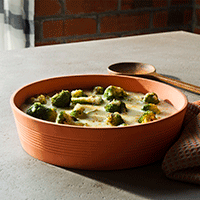
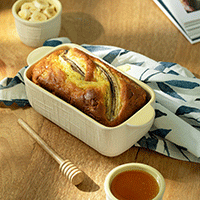
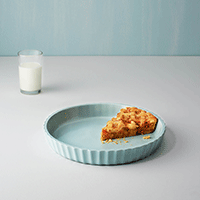
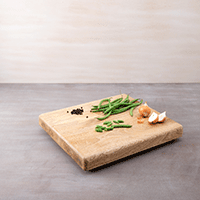
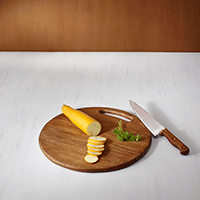
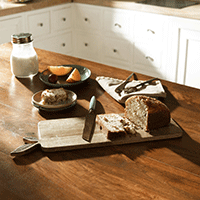
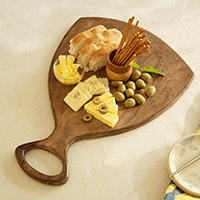
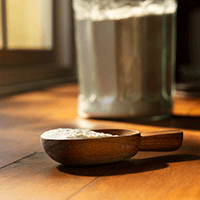
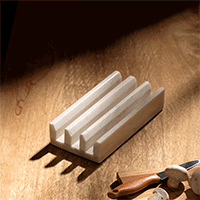
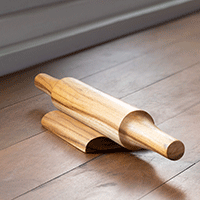

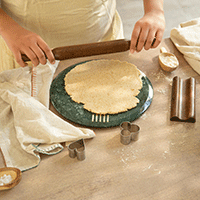
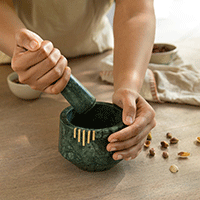
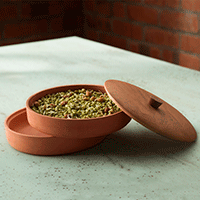
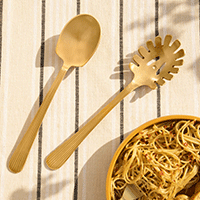
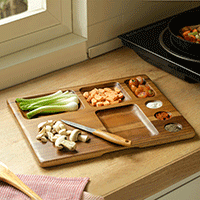
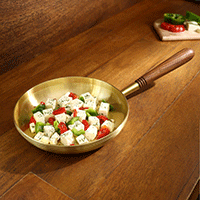
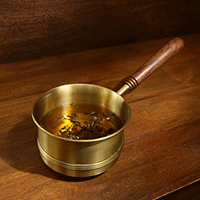
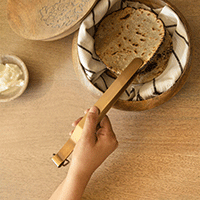
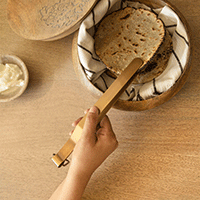
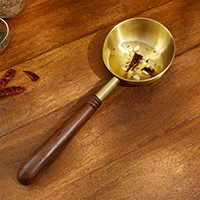
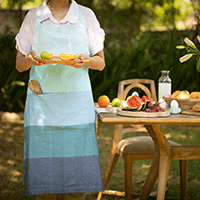
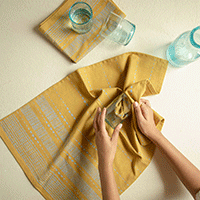
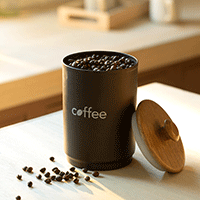
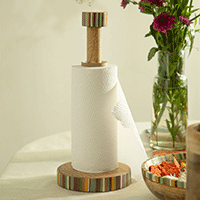
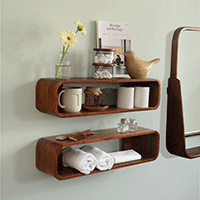
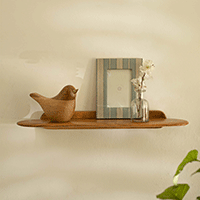
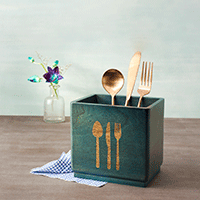
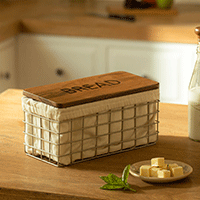
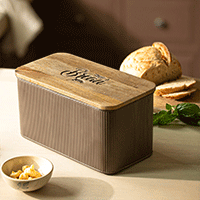
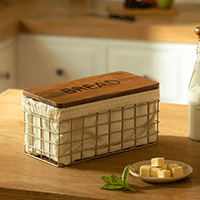
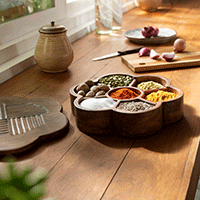

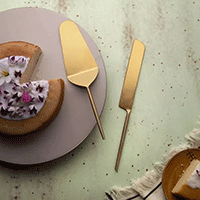
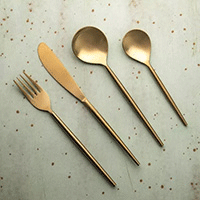
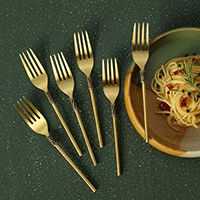
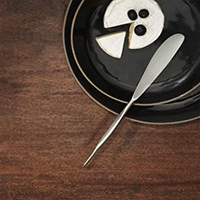
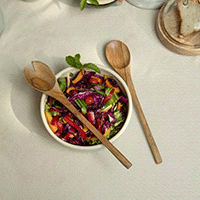
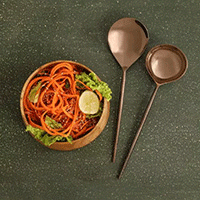
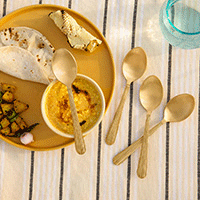
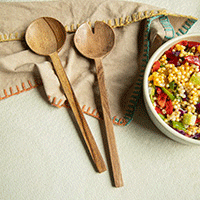
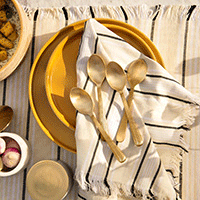
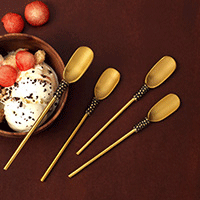
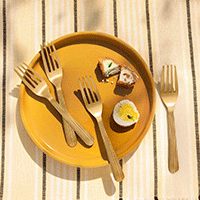
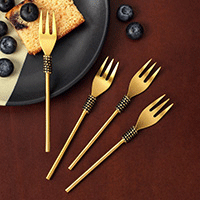
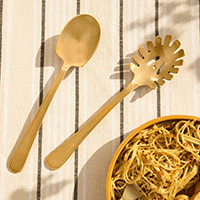
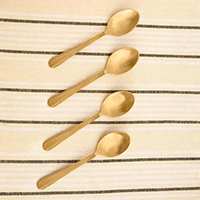
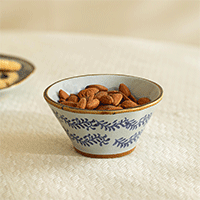
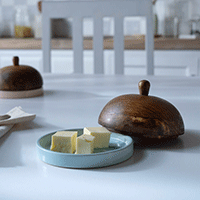
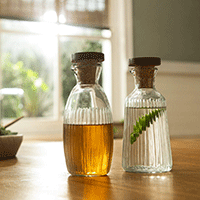
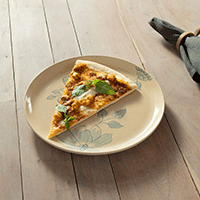
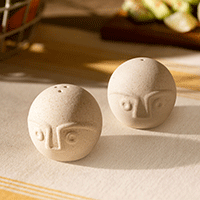
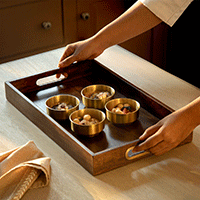
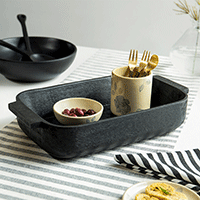
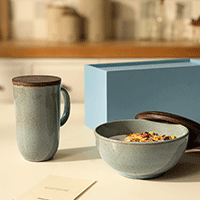

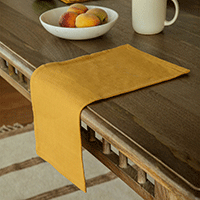
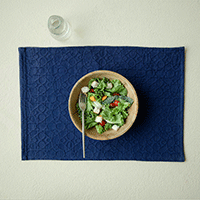
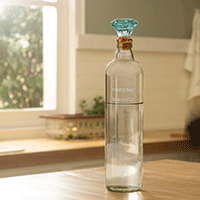
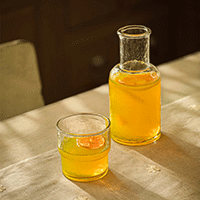


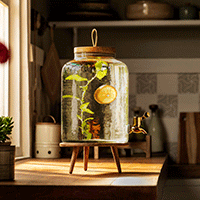
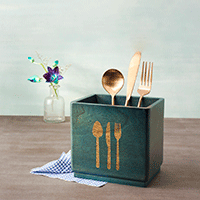
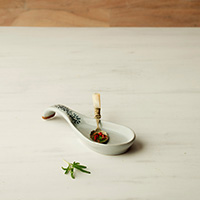
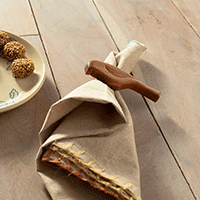

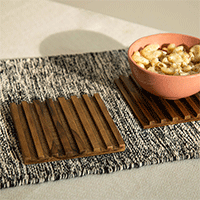
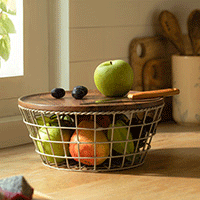
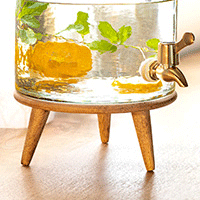
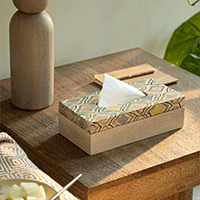

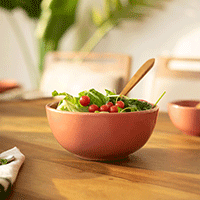
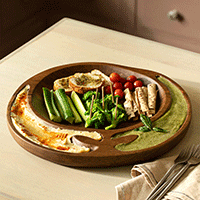
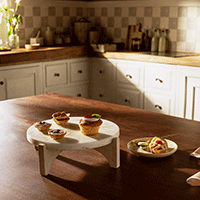
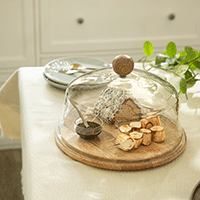
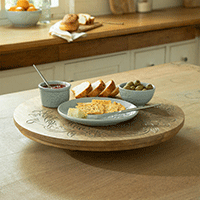
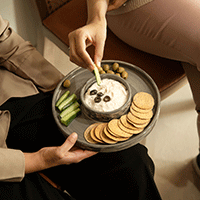
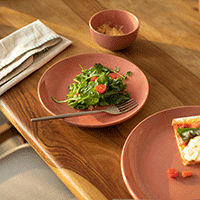
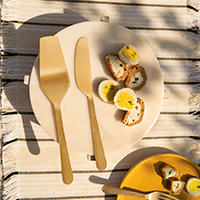
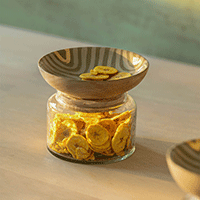
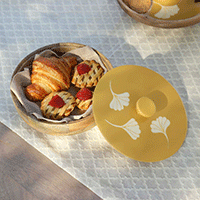
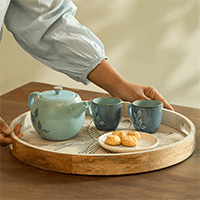
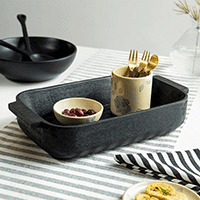
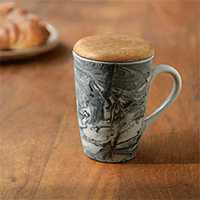
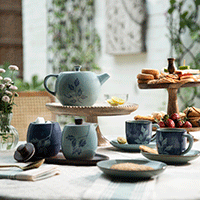
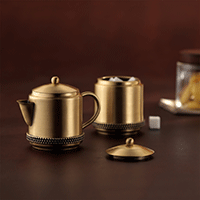
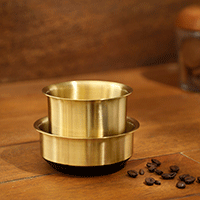

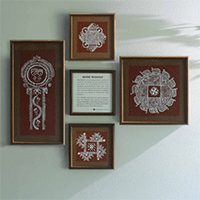
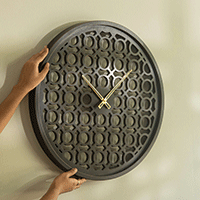
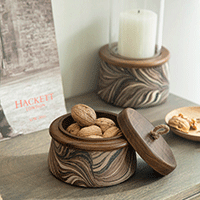
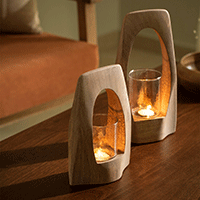
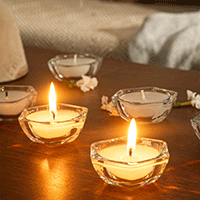
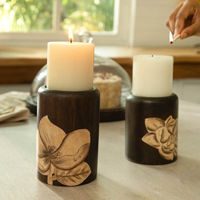
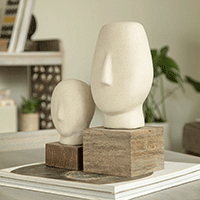
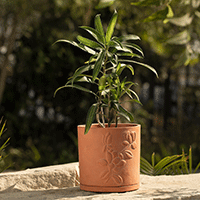
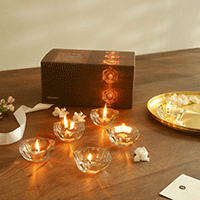
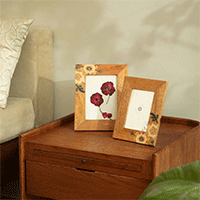
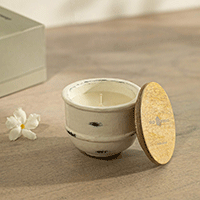
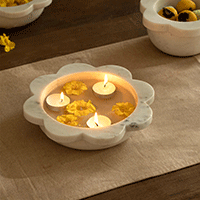
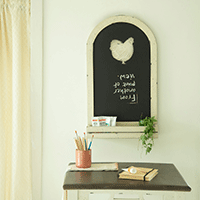
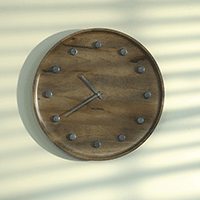
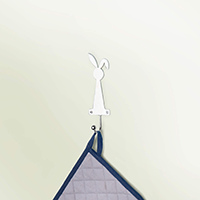
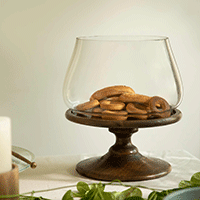

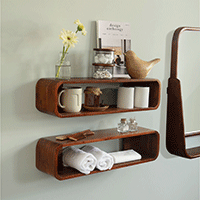

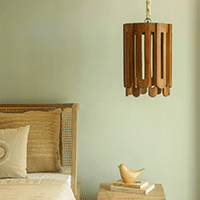
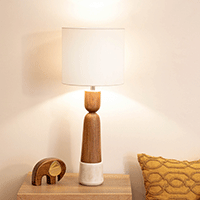
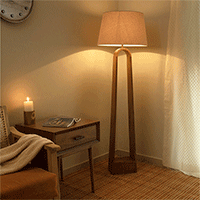
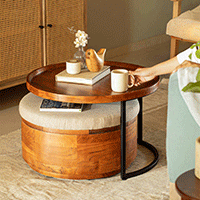
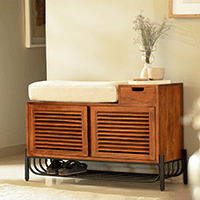
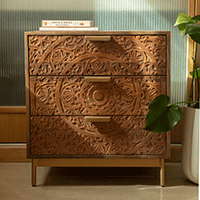
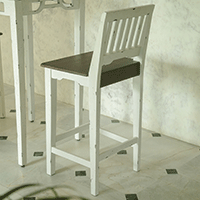
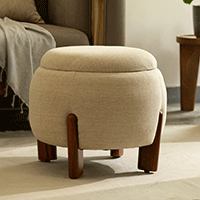
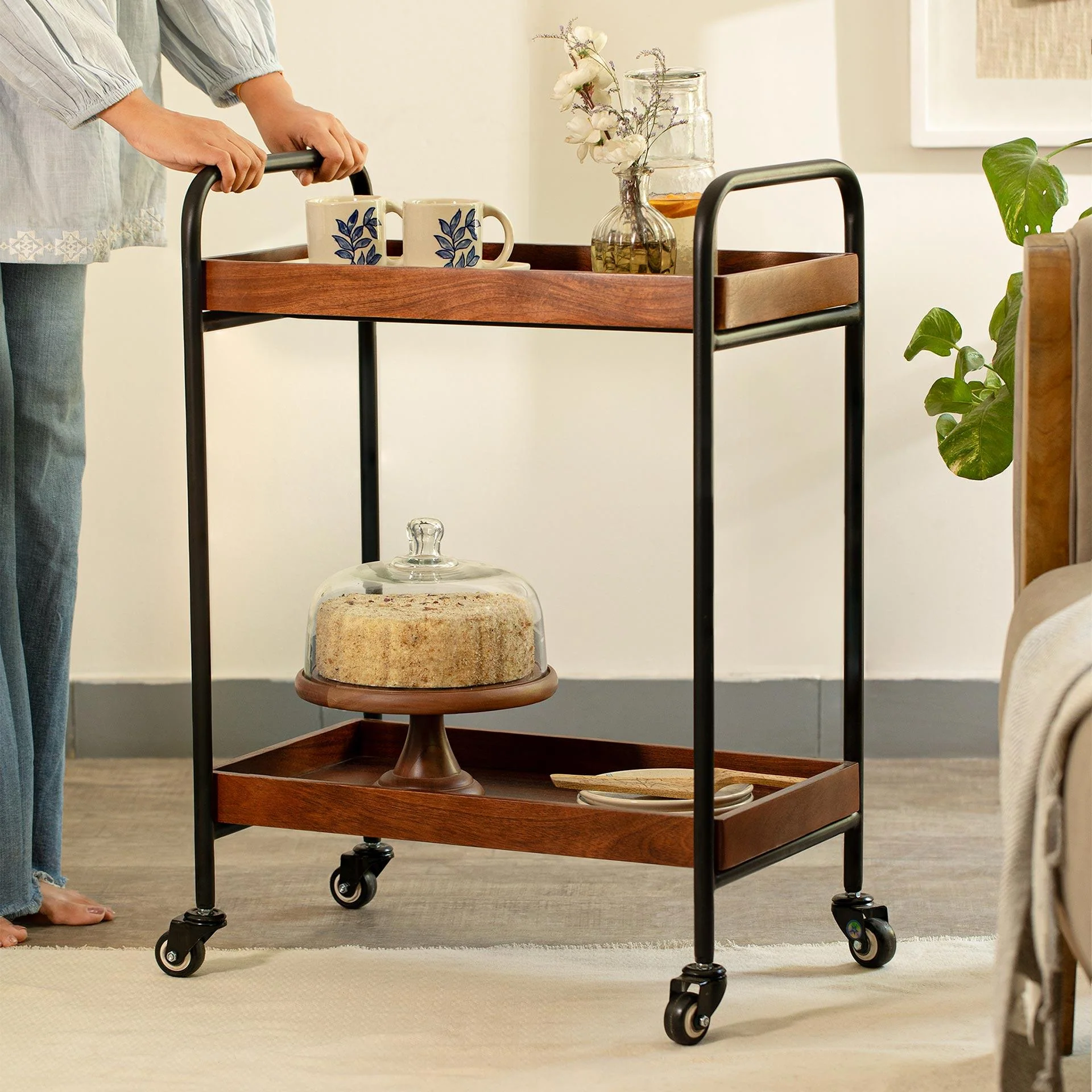
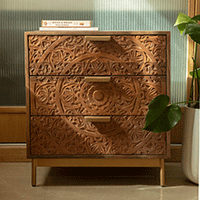
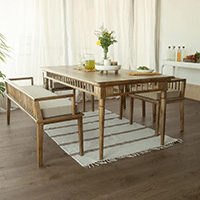
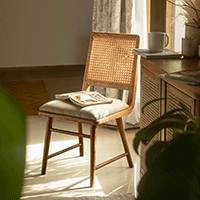

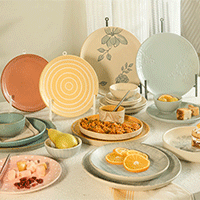
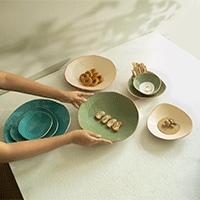
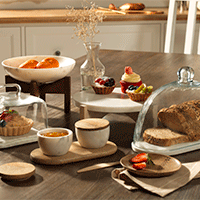
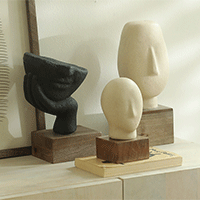
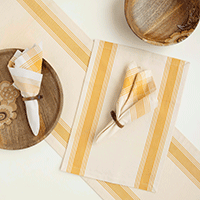
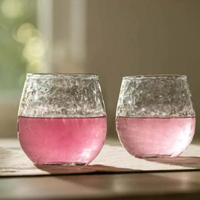
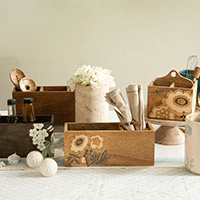
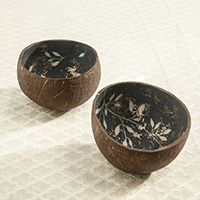
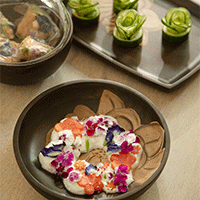
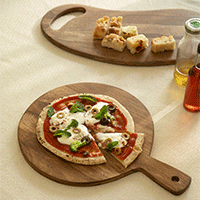
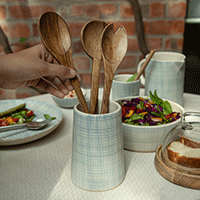
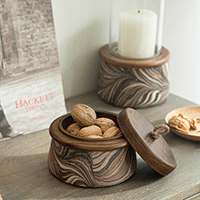
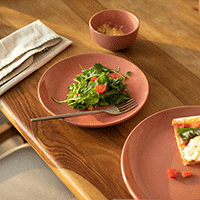
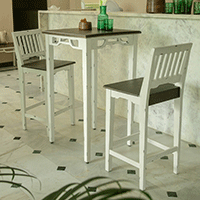
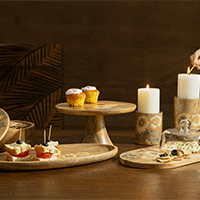
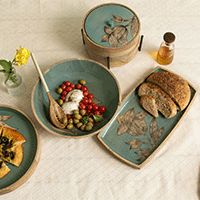
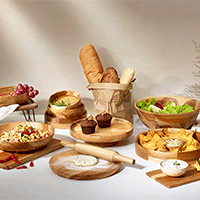
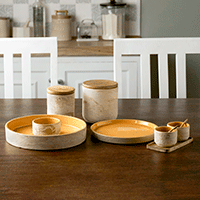
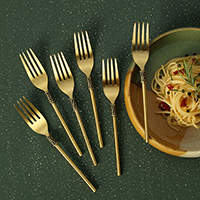
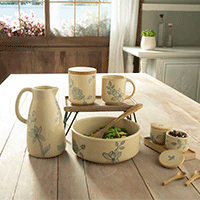
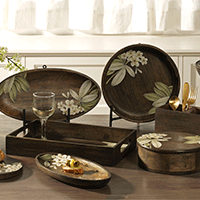
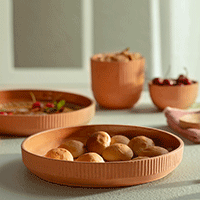
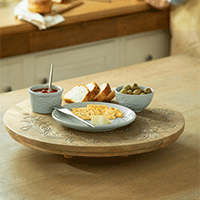
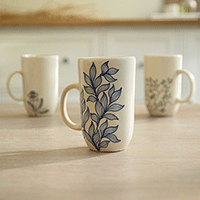
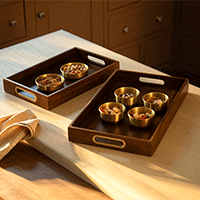

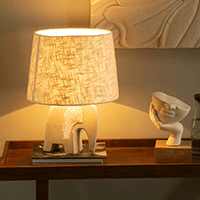
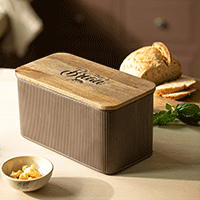
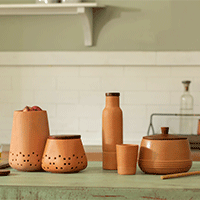
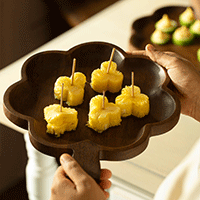
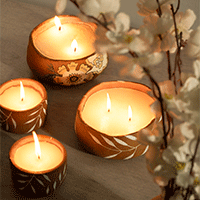
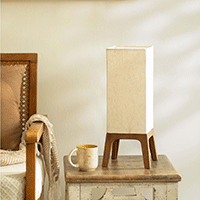
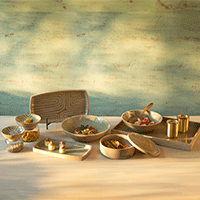
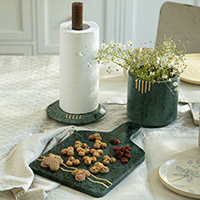
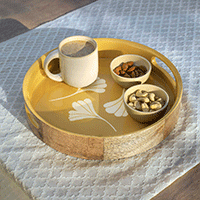

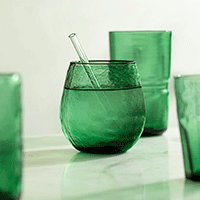
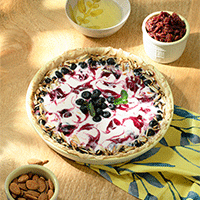
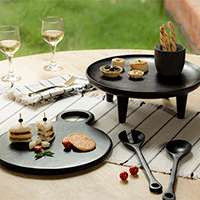
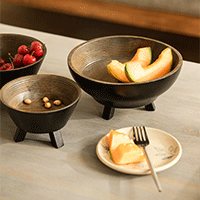
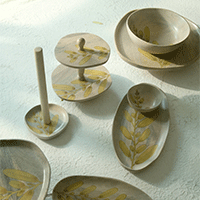
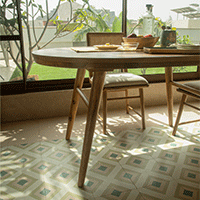
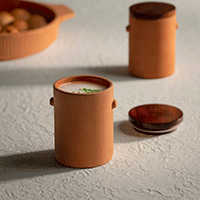
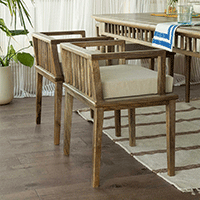

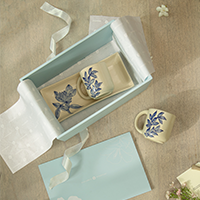
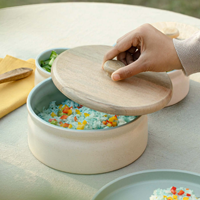
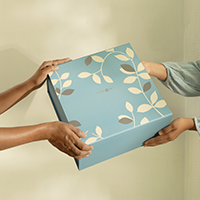
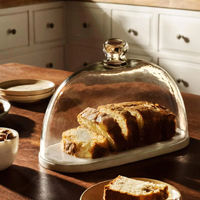
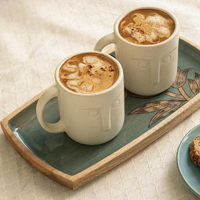
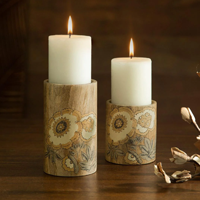
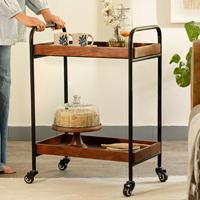
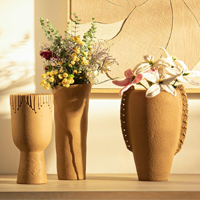
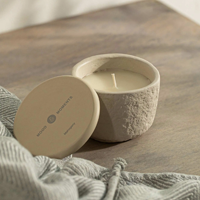
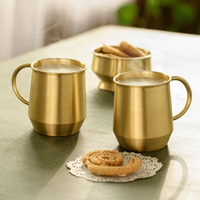
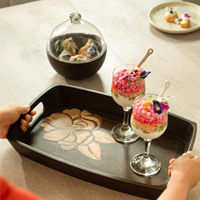
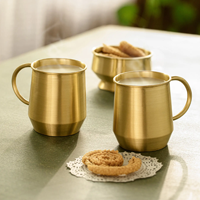
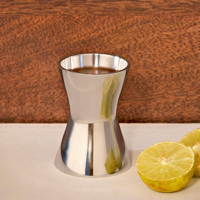
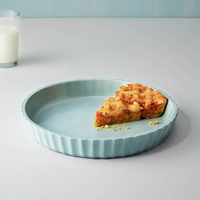
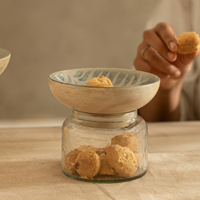
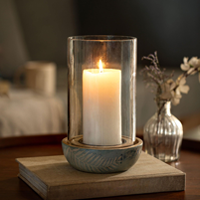
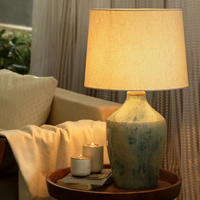
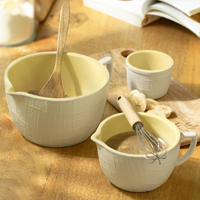
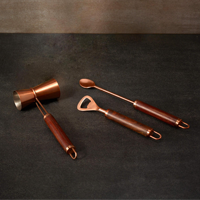
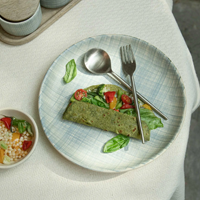
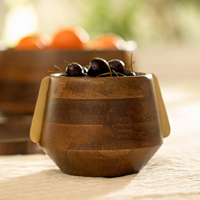
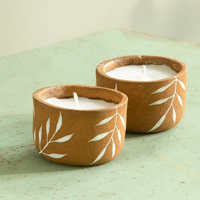
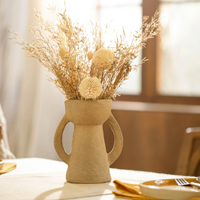
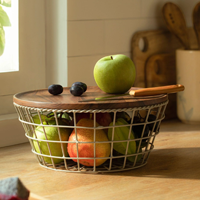
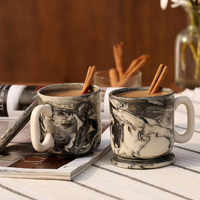











 easy returns
easy returns safe & secure
safe & secure hand crafted
hand crafted